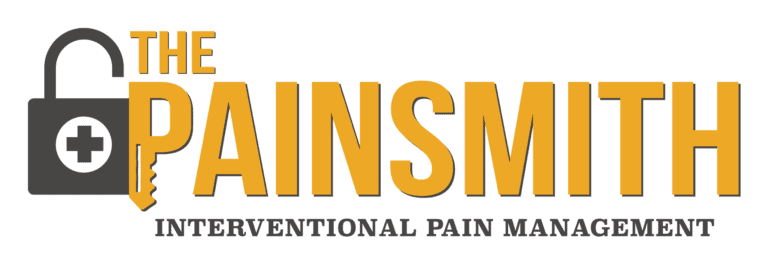When you struggle with chronic pain, the impact is not relegated to the part of the body that is directly affected. Chronic pain impacts the whole person, and also those around you. It can prevent you from participating in daily activities, lead to depression and anxiety, and drain your resources — both financially and emotionally. It can be difficult and time-consuming just to find treatment – not to mention finding treatment you can afford. As we wrap up Pain Awareness Month, let’s discuss the costs of chronic pain and what can be done to help mitigate it.
The financial costs of chronic pain

For many people with chronic pain, medical costs are a significant and often unaffordable expense. In a U.S. Pain Foundation study, over 75% of respondents were prevented from accessing one or more treatment options due to cost – especially for multidisciplinary treatments that are not often covered by insurance. One recent study on the economic costs of pain found that people with severe pain spent nearly $8,000 more per year on health care expenditures than people without pain.
Many people with chronic pain are forced to rely on government assistance which can vary widely by state and oftentimes not go far enough to meet their needs. A 2018 study found that 74% of people with high-impact chronic pain are currently unemployed, which can obviously hamper a person’s ability to afford medical treatment.
Besides the financial costs of any treatment, there is the issue of actually being able to receive the pain medication you need. People making under $55k are less likely to be prescribed pain medication than those with higher incomes. It can also be difficult for people to receive the medication they need due to bias from physicians, whether due to race, poverty, sexual orientation, or simply a disbelief in the existence of pain. As one report showed, healthcare practitioners may feel less sympathy or suspect deception when there is not a clear medical explanation for a patient’s pain.
It can be difficult for people without pain to understand the additional costs of chronic pain. The significant cost of pain treatment and a potential inability to pay for it can become yet another stressor for those with chronic pain – leading to emotional impacts.
The emotional costs of chronic pain
Living with the challenges of chronic pain can be very difficult for many people. People with chronic pain have at least twice the risk of suicide than those without chronic pain. People with chronic pain are also four times more likely to experience depression or anxiety.
Dealing with pain on a long-term basis can be exhausting. A U.S. Pain survey found that 74% of respondents indicated they have been living with their pain for at least 10 years, a third of them for more than 20 years. The toll this takes is significant, and can be exacerbated when appropriate care is either unaffordable or unavailable.
The Future of Chronic Pain
The prevalence of chronic pain in the U.S. increased by 10% among adults 25-84 between 2002 and 2018. These numbers will likely continue to increase as the population ages. As more people are impacted by chronic pain, it will be important to work on destigmatizing chronic pain and to raise the quality, affordability, and accessibility of treatment for it.
You can show your support for Pain Awareness Month using the hashtag #painawarenessmonth. Consider donating to organizations on the forefront of chronic pain support and research such as the US Pain Foundation and IASP. If you or someone you know is eligible, there are many clinical trials around pain and pain research that are looking for participants. Most importantly, take chronic pain seriously and don’t hesitate to speak with your doctor if you are struggling.
At The PainSmith, we have several different options to help manage your chronic pain. You can request a consultation or give us a call and we’ll discuss your options.
